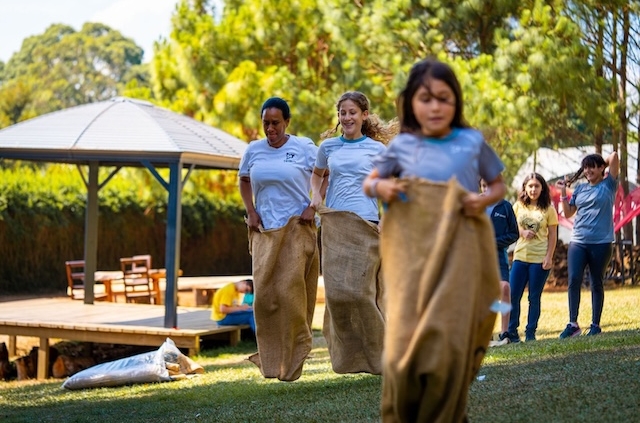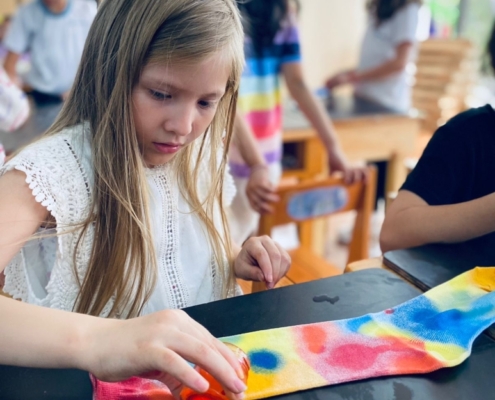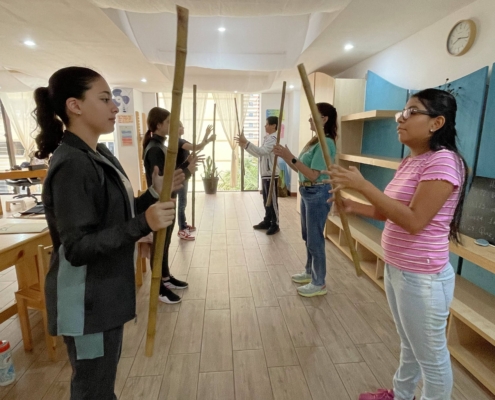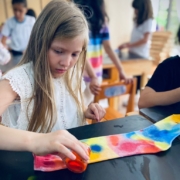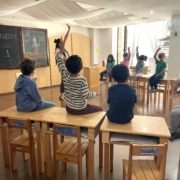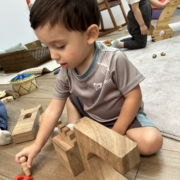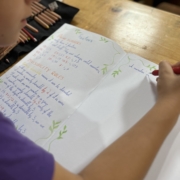The Role of Movement in Waldorf Education
by Trinus
Movement plays a central role in Waldorf education, serving as a foundational element that supports the holistic development of the child. Rooted in the educational philosophy of Rudolf Steiner, Waldorf schools emphasize the integration of physical, emotional, and cognitive growth through movement-based activities. This approach reflects a deep understanding of how physical activity influences learning and overall development.
Physical Development and Coordination
In Waldorf education, movement is not merely an ancillary activity but a vital part of the curriculum. Young children engage in a variety of physical activities designed to enhance their motor skills and coordination. Activities such as rhythmic games, dance, and creative movement help children develop their gross and fine motor skills. This physical foundation is crucial as it underpins the ability to engage in more complex tasks, both academically and socially.
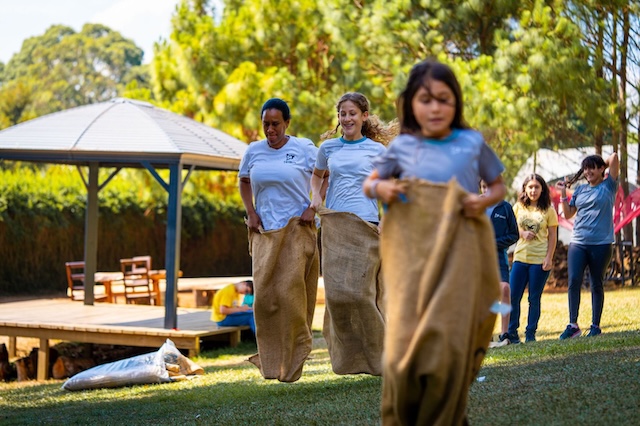
Integration of Movement with Learning
Waldorf schools integrate movement with other areas of the curriculum to create a rich, experiential learning environment. For instance, subjects like math and language arts are often taught through movement-based activities. In these schools, children might use their bodies to explore mathematical concepts, such as forming shapes or patterns, or act out stories and narratives to deepen their understanding of language. This kinesthetic approach helps solidify concepts by engaging multiple senses, reinforcing learning, and making abstract ideas more tangible.
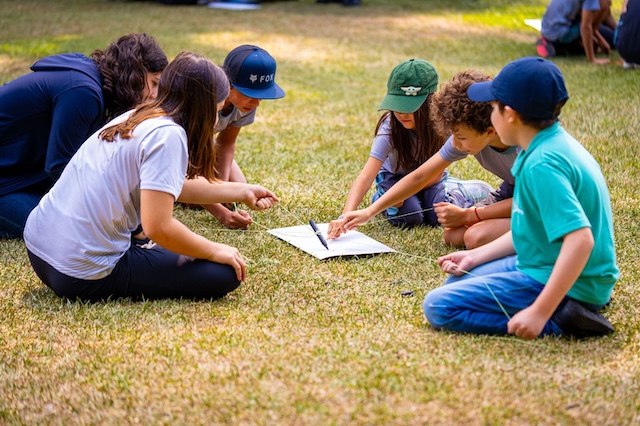
Emotional and Social Benefits
Movement activities in Waldorf education also play a critical role in emotional and social development. Group activities, such as circle games and cooperative exercises, foster a sense of community and collaboration. Children learn to work together, communicate, and resolve conflicts through these shared experiences. The physical engagement helps children manage their emotions and build resilience, as movement can be a powerful tool for self-regulation and stress relief.
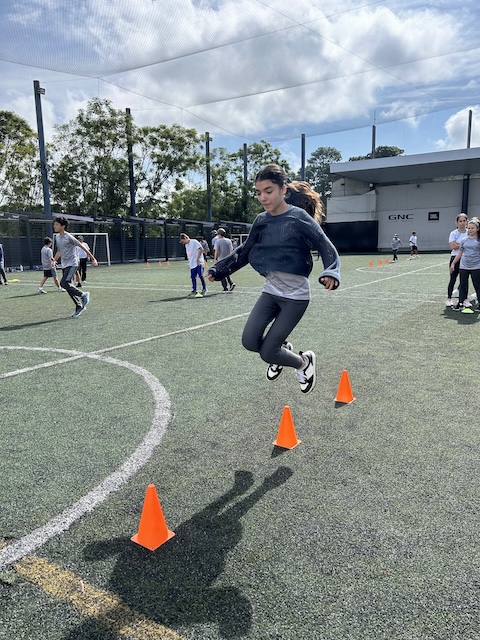
Balancing Structure and Freedom
A distinctive feature of movement in Waldorf education is the balance between structured and free-form activities. While there is a place for guided movement, such as in eurythmy—an expressive movement art form unique to Waldorf schools—there is also ample time for unstructured play. This balance allows children to explore their physical abilities and creativity, fostering independence and self-expression.
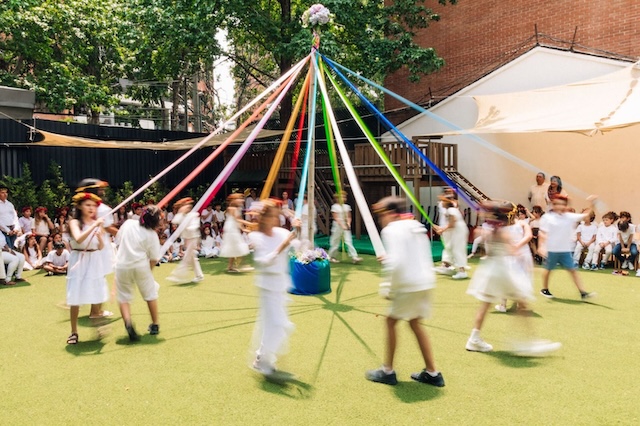
The Rhythms of the Day
The rhythmic nature of Waldorf education incorporates movement into daily routines and seasonal rhythms. The school day often begins with movement activities that help children transition from home to school, creating a sense of rhythm and predictability. Seasonal festivals and nature walks are woven into the curriculum, aligning with the natural world and providing opportunities for physical exploration and connection to the environment.
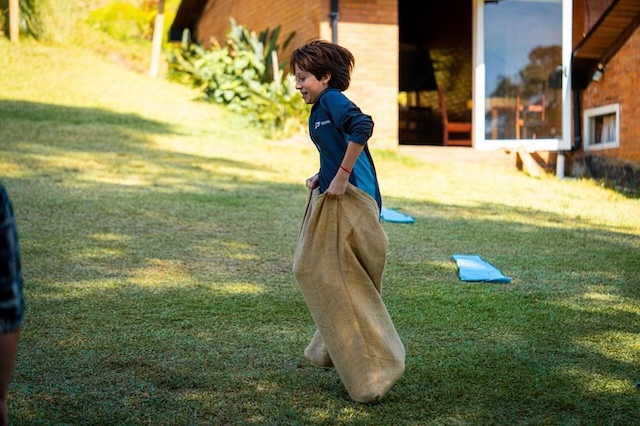
Conclusion
In Waldorf education, movement is far more than physical activity; it is an integral part of the learning process that supports and enhances children’s overall development. By incorporating movement into various aspects of the curriculum, Waldorf schools create a dynamic learning environment that nurtures the whole child—body, mind, and spirit. This holistic approach ensures that students not only develop essential physical skills but also experience a deeper connection to themselves, their peers, and the world around them.
